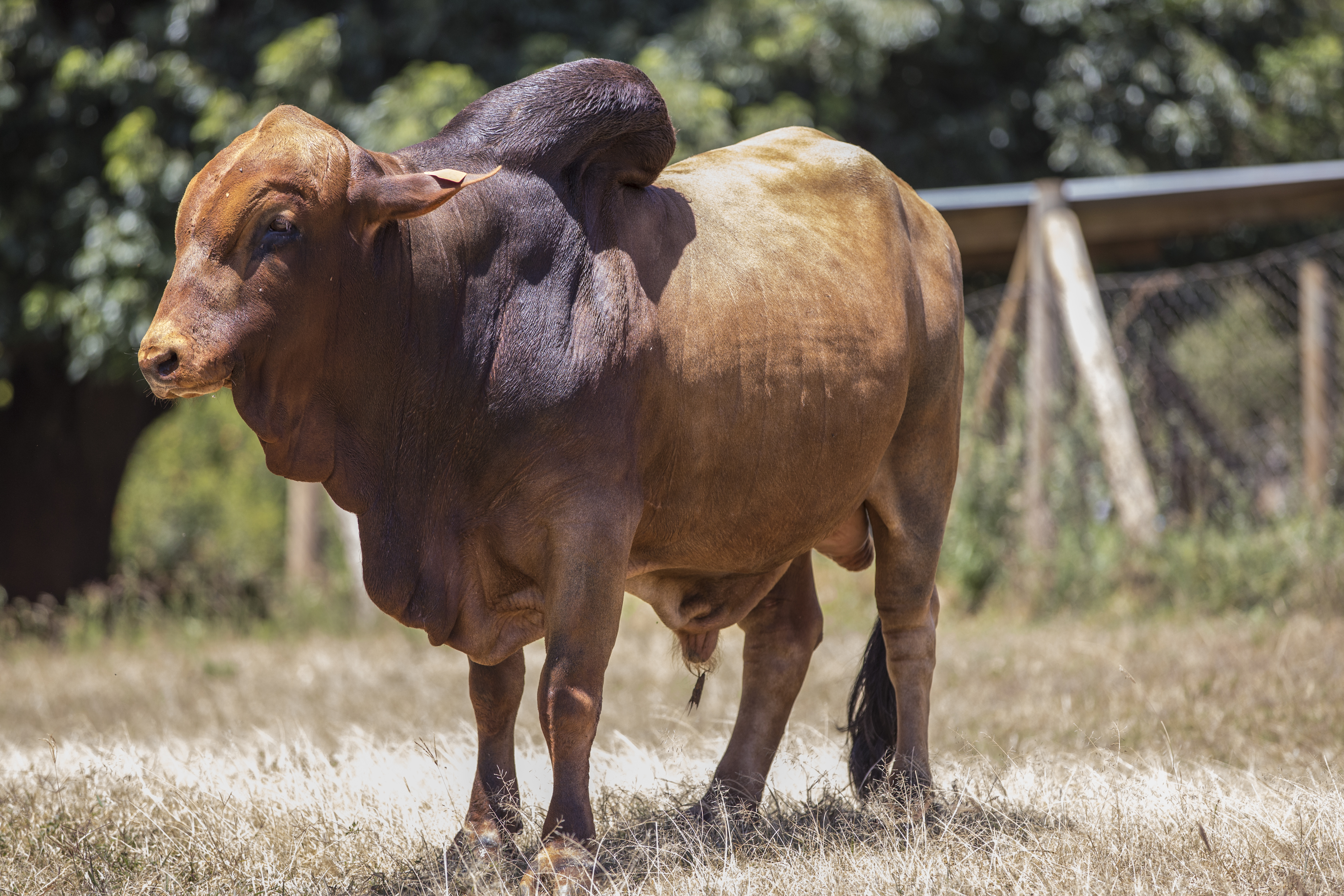Following four failed rainy seasons that pushed pastoralists to the edge of climate adaptability, Mwai Karang’u, a dairy farmer in Nyeri County says milk production on his farm has never been higher.
Karang’u is a beneficiary of iCow, an integrated system of services and tools that leverages ICT to broadcast services to registered farmers using SMS messages.
iCow promotes regenerative agriculture practices, a conservation and rehabilitation approach to food and farming systems.

“iCow has enabled me to create a profile of my cows. I regularly receive tips and updates on best cow-rearing practices,” Karang’u says.
“There is a lot to learn about diseases, breeding, and new feeding techniques. For instance, you can keep poultry and use the waste to feed your cows.”
These techniques and practices are supported by research.
The innovations are mobile or web-based and are simple, user-friendly, and cost-effective.
A report by Food and Agriculture Organization (FAO) shows that cattle fed on poultry waste increases milk production by more than 10 liters per day and significantly increases breeding weight in 18 months.
As a leader in the use of ICT in Africa, Kenya has more digital tools for agriculture enterprises and users than any other country in sub-Saharan Africa.
iCow is therefore one of many innovative agriculture solutions that are transforming the agriculture sector, in production and food distribution, by leveraging ICT.
Big obstacles to development
The innovations are mobile or web-based and are simple, user-friendly, and cost-effective.
They are designed for the most basic feature phones and provide instant responses.
“Africa is home to about 60 percent of the world’s available arable land, but hunger and malnutrition are still big obstacles to Africa’s socio-economic development,” says Zachary Aduda, an independent researcher in food security.
![A smallholder farmer at his vegetable farm in Mumias, Kenya. [Tony Malesi]](https://allianceforscience.org/wp-content/uploads/2023/03/IMG-20230316-WA0004.jpg)
“Kenya has about 8.6 million farmers and 81 percent of them are smallholder farmers. Kenya is tapping into innovation and technology from multiple angles to build a model farming system. We have innovations that help generate agriculture-related advisories.”
Digital platforms such as iCow are linking farmers with timely and accurate developments in science and research.
Aduda says Kenya is gaining traction in the use of ICT for precision agriculture which is the management of farm inputs such as fertilizer, seeds, and water, based on real-time information.
As such, farmers are increasingly using sensors to track soil health, choose the best seeds and fertilizer for the soil type, and monitor plant growth.
Mobile and instant soil testing services are generally available to determine the current fertility and health of sampled soil.

“More farmers are using drones to monitor their crops and get timely information that can inform quick responses. Ultimately, the farmers’ is getting the most out of their land by using fewer resources,” Aduda says.
He says digital innovations are significantly complimenting the work of agricultural extension workers. The ratio of extension workers to the farmer is at best 1:1000 nationally.
At the county level, the ratio is as high as 1:2000, against FAO’s recommended ratio of 1 extension worker to 400 farmers.
These innovations have improved efficiency in the supply chain and curtailed post-harvest losses.
Against this backdrop, digital platforms such as iCow are linking farmers with timely and accurate developments in science and research.
For instance, iCow has reached an estimated 1.6 million farmers.
Timely and accurate agriculture-oriented advisories are boosting production and enabling farmers to sustain the livestock sub-sector which employs at least 50 percent of the agricultural labor force.
The sub-sector contributes over 30 percent of the farm gate value of agricultural commodities, about 10 percent of Kenya’s national Gross Domestic Product (GDP), and at least 50 percent of the agricultural GDP.

Kenya’s best practices in leveraging technology and innovation to navigate challenges farmers face in the agricultural value chain include a label technology by the Kenya Plant Health Inspectorate Service (KEPHIS), which aims at removing uncertified seeds from the market.
As a quality assurance measure, every seed packet has a label that enables seed traceability, reducing the sale of uncertified or expired seeds in the market.
Kenyan farmers lose millions of shillings from using uncertified seeds which are characterized by poor yields due to their vulnerability to pest infestation, crop diseases, and weather changes.
Harvest losses caused by pests and diseases can be as high as 70 percent. As such, digital mobile platforms in counties such as Nakuru are linking farmers to plant clinics where experts diagnose pests and diseases and, advise them.
Farming is entering a new era where digital tools shape how farmers grow crops and reach consumers after harvesting.
Pests and diseases are big problems in farms across Africa, with FAO estimates showing that they lead to the continent losing around 40 percent of all crops each year.
The Fall Armyworm remains a great concern since it was first reported in March 2017 in Western Kenya and has since spread countrywide. Uncontrolled, it can cause up to 70 percent yield loss.
Equally important, ICT is linking farmers with mobile financing services.
These innovations have improved efficiency in the supply chain and curtailed post-harvest losses.
As the profile of the smallholder Kenyan farmer continues to evolve with more young people joining the agriculture sector, researchers such as Aduda say that farming is entering a new era where digital tools shape how farmers grow crops and reach consumers after harvesting.
